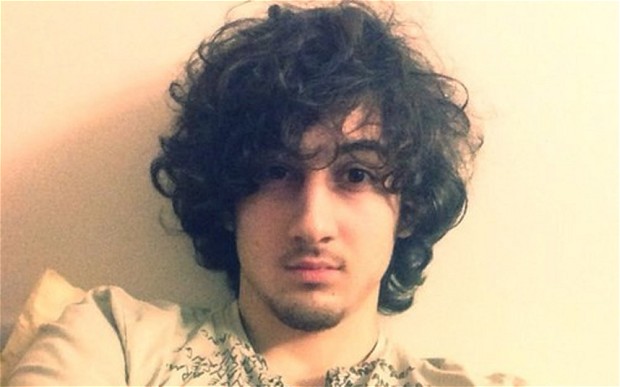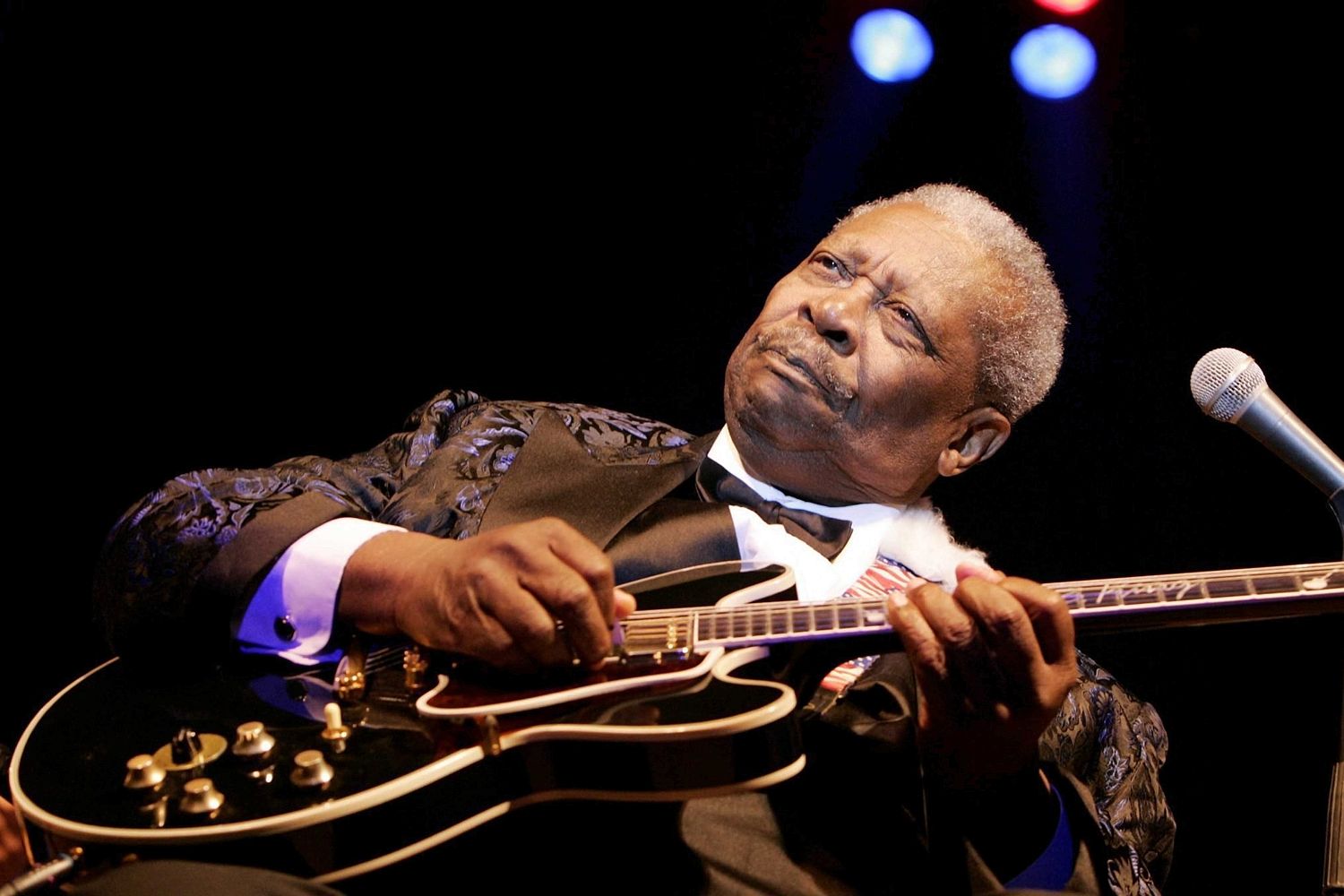PAIN ON NYC TRAIN
NYC MTA schedules are subject to change. For the most up-to-date schedules, customers are advised...
Subway work will affect service on most of lines that run weekends.
The good news... Reportedly, riders on the 1, 7, G and N trains will be spared from service disruptions.
All service changes last from 11:45 p.m. Friday May 15 to 5 a.m. Monday, May 18, unless otherwise noted.
Manhattan-bound 2 trains run express from Franklin Av to Atlantic Av-Barclays Ctr.



